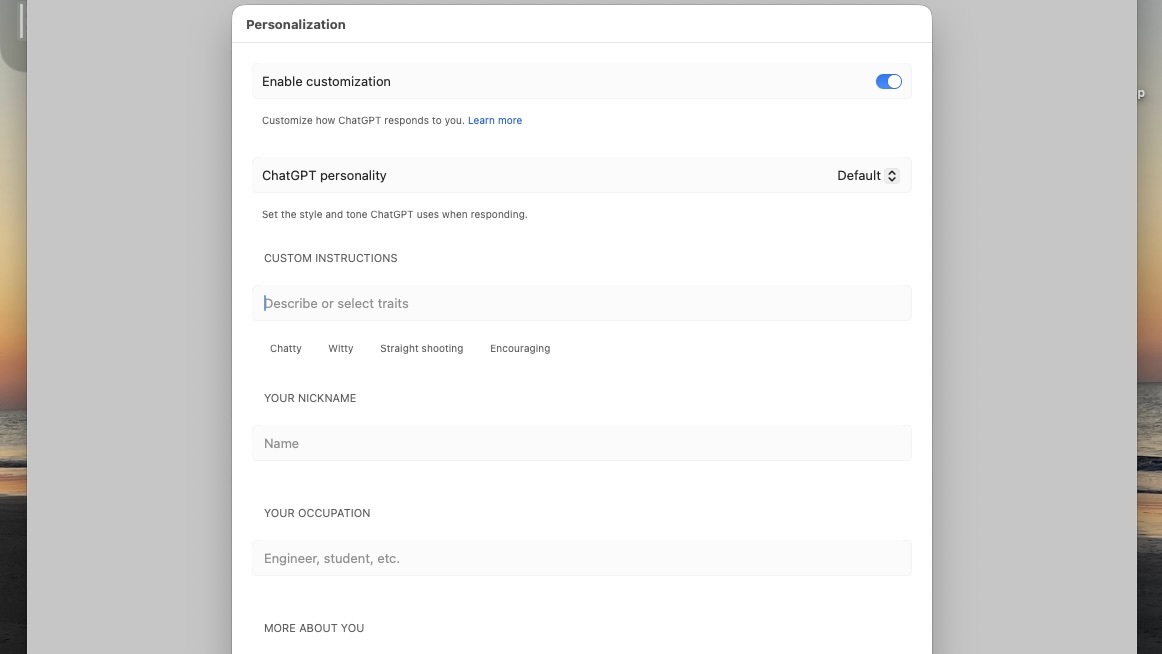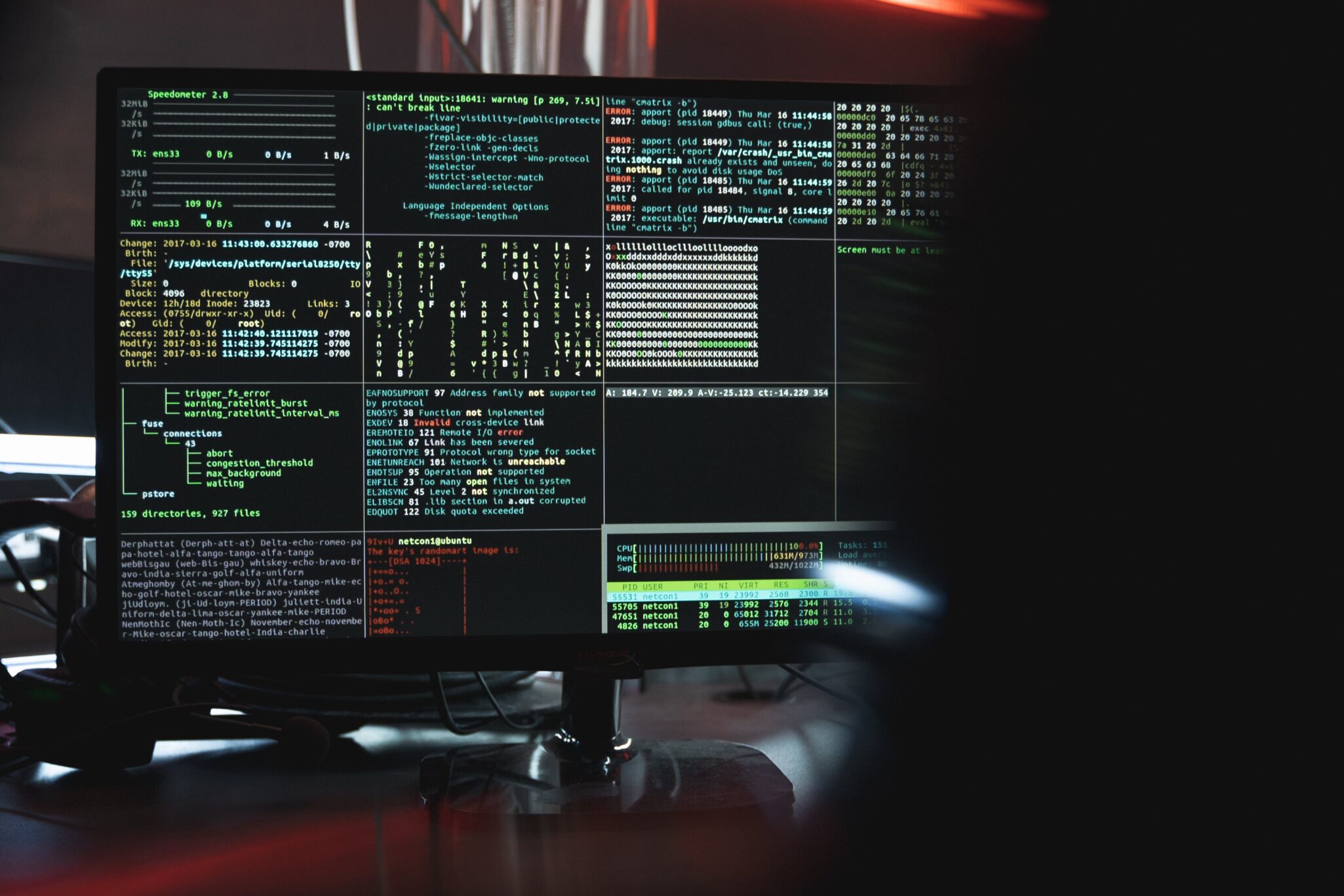Building a Cybersecurity Culture in Your Agency
Why Cybersecurity Culture Matters
Cybersecurity is not just an IT issue. It is everyone’s responsibility. Building a strong cybersecurity culture in your business ensures that every employee understands the risks, follows safe practices, and helps protect the organization’s most valuable data.
A healthy culture means awareness, accountability, and everyday actions that prevent costly breaches. When cybersecurity becomes a shared value, your business reduces risk, maintains client trust, and keeps operations running smoothly.
A weak culture, on the other hand, creates openings for attackers. Employees who are unaware of policies or careless with data can inadvertently cause serious harm. The solution is to embed cybersecurity into your daily workflow so it becomes second nature.
Roles and Responsibilities: Leadership, IT, and Staff
A successful cybersecurity culture depends on shared responsibility. Each group plays a unique role in defense.
Leadership: Setting the Tone
Why it matters: Culture starts at the top.
- Lead by example by using strong passwords, MFA, and following all security protocols.
- Fund cybersecurity initiatives and allocate time for staff training.
- Keep cybersecurity visible in meetings, KPIs, and performance goals.
- Ensure company policies are clear, consistent, and enforced.
IT and Security Teams: Building the Backbone
Why it matters: Technology alone does not stop every attack, but it provides the foundation.
- Implement safeguards such as firewalls, encryption, and endpoint protection.
- Monitor systems for unusual activity and respond quickly to alerts.
- Keep all software and hardware updated and patched.
- Train and support staff on secure systems use.
Staff: The Frontline Defense
Why it matters: Employees are the most common entry point for attacks and your best line of defense.
- Recognize phishing emails and report them immediately.
- Use the company’s password manager and never reuse credentials.
- Follow data-handling policies for client files, COIs, and confidential information.
- Ask questions if something feels off. It is better to be safe than breached.
Common Cybersecurity Challenges (and How to Fix Them)
Recognizing risks early helps you close gaps before they become problems.
Phishing Attacks
Why it matters: Phishing emails are the top cause of breaches across small and midsize businesses.
How to act:
- Train staff to inspect sender details and links before clicking.
- Run simulated phishing tests with follow-up coaching.
- Report suspicious emails to IT instead of deleting them silently.
Weak Passwords
Why it matters: Over 80 percent of breaches involve stolen or weak credentials.
How to act:
- Require long, unique passwords or passphrases.
- Roll out a business-grade password manager.
- Turn on multi-factor authentication (MFA) everywhere.
Unpatched Software
Why it matters: Hackers exploit outdated software to gain easy access.
How to act:
- Schedule automatic updates for operating systems and key applications.
- Maintain an inventory of all systems and plugins.
- Test and deploy patches within a set timeframe.
Insider Threats
Why it matters: Mistakes or malicious actions from employees can expose sensitive data.
How to act:
- Restrict access to sensitive data on a need-to-know basis.
- Monitor downloads, large file transfers, and unusual logins.
- Immediately disable access when someone leaves the company.
Implementing Effective Cybersecurity Training
Training turns awareness into action. A single session is not enough. Make it ongoing.
Key elements of successful programs:
- Regular sessions: Host quarterly refreshers to address new threats and reinforce habits.
- Interactive learning: Use short videos, phishing simulations, and quick quizzes.
- Role-based modules: Tailor lessons to departments such as sales, operations, or IT.
- Clear communication: Provide quick-reference guides and a central resource hub.
A well-trained team will identify red flags faster and respond more confidently.
Encouraging a Risk-Aware, Not Fearful, Mindset
Cybersecurity thrives in open, blame-free environments.
- Model the behavior: Leaders who follow policies show that security matters.
- Promote transparency: Encourage staff to report suspicious activity early. No penalties for honest mistakes.
- Reward awareness: Celebrate employees who spot phishing or improve processes.
- Stay adaptable: Review feedback and update your program as threats evolve.
When people see cybersecurity as a shared mission rather than a burden, participation increases.
Practical Steps to Strengthen Your Security Posture
Here is how to turn culture into action:
- Enable Multi-Factor Authentication (MFA) on all logins including email, CRM, AMS, and financial tools.
- Perform Regular Security Audits to catch vulnerabilities before criminals do.
- Develop an Incident Response Plan that defines roles, contacts, and recovery steps.
- Invest Wisely in Technology such as firewalls, encryption tools, and endpoint protection.
- Keep Awareness Visible with newsletters, reminders, and success stories.
These steps, done consistently, will dramatically reduce your business’s cyber exposure.
Final Thoughts: Culture Is Your Best Defense
Technology cannot protect your business alone. Your people can. A strong cybersecurity culture blends training, leadership, and accountability into everyday habits.
By embedding these practices, you will protect client data, meet compliance expectations, and build trust and resilience that set your business apart.
Start today:
- Schedule your next cybersecurity training.
- Audit MFA adoption.
- Review your policies with staff.
Small, consistent actions make the biggest difference.
For more watch: Culture's Impact on Cyber Risk
You May Also Like
These Related Stories

Set It and Save Time: Why Your ChatGPT Defaults Matter

Pitfalls to Avoid in Your Cyber Journey



No Comments Yet
Let us know what you think